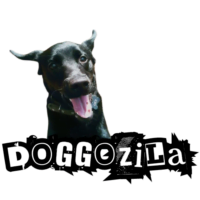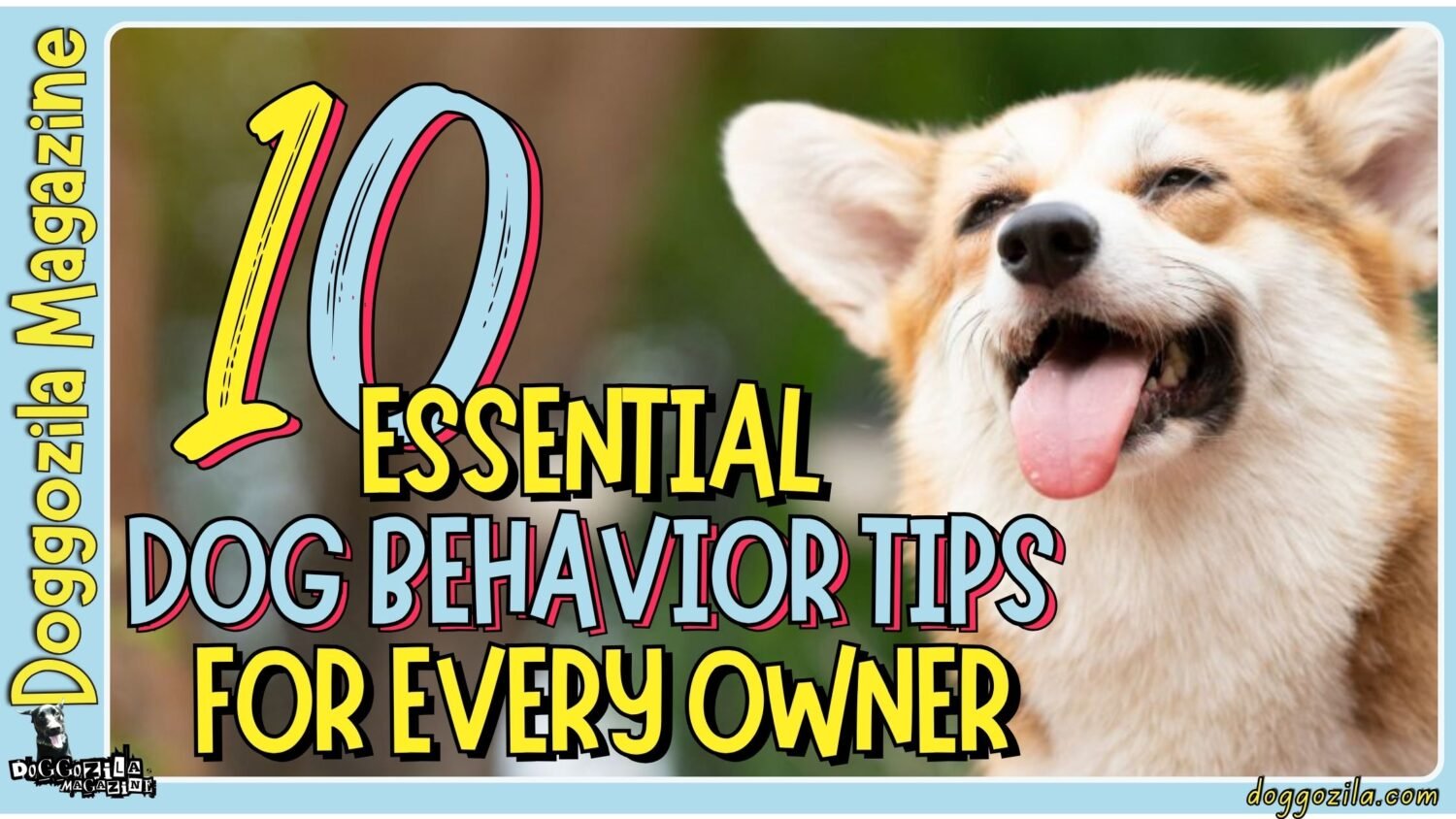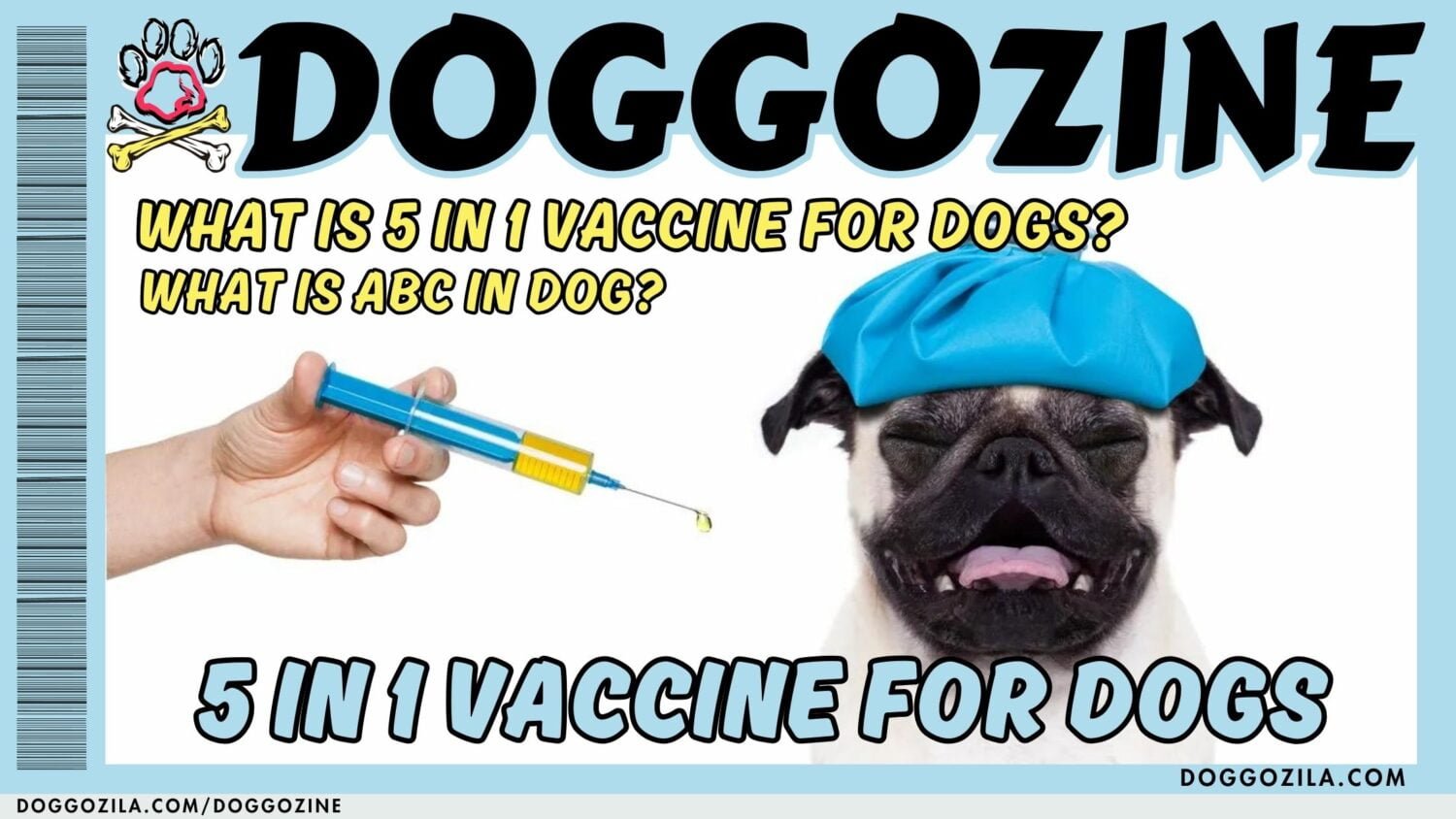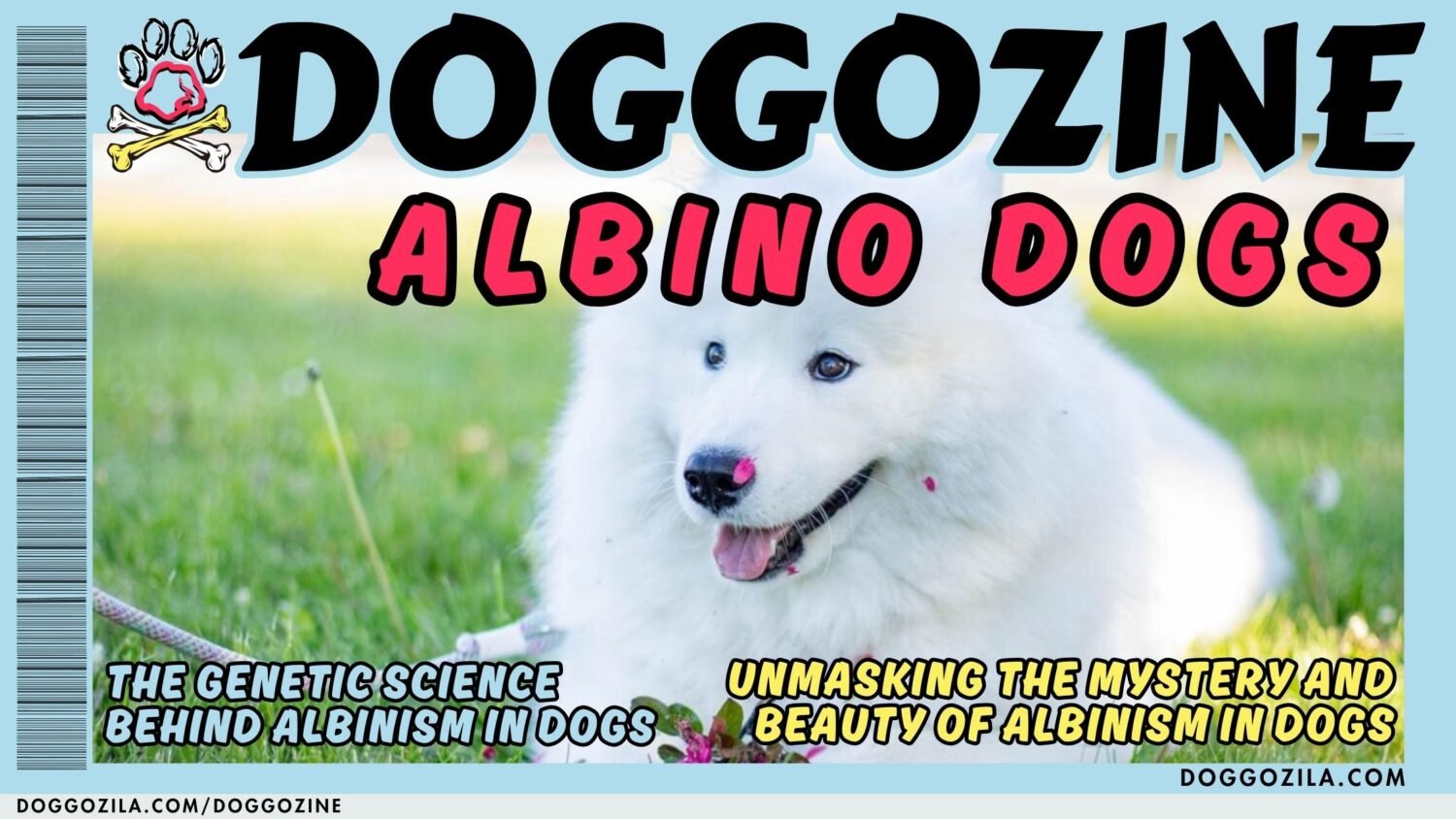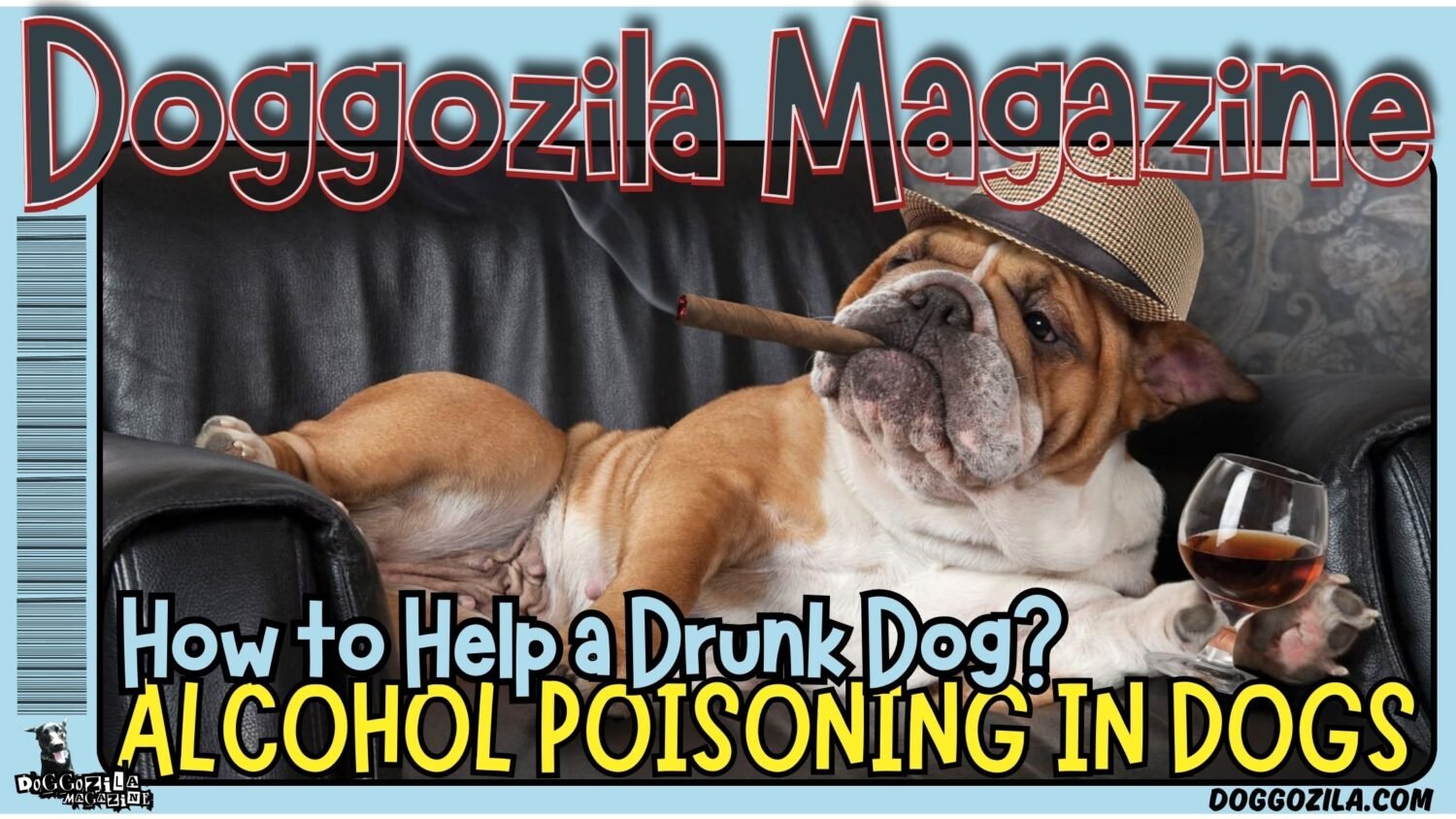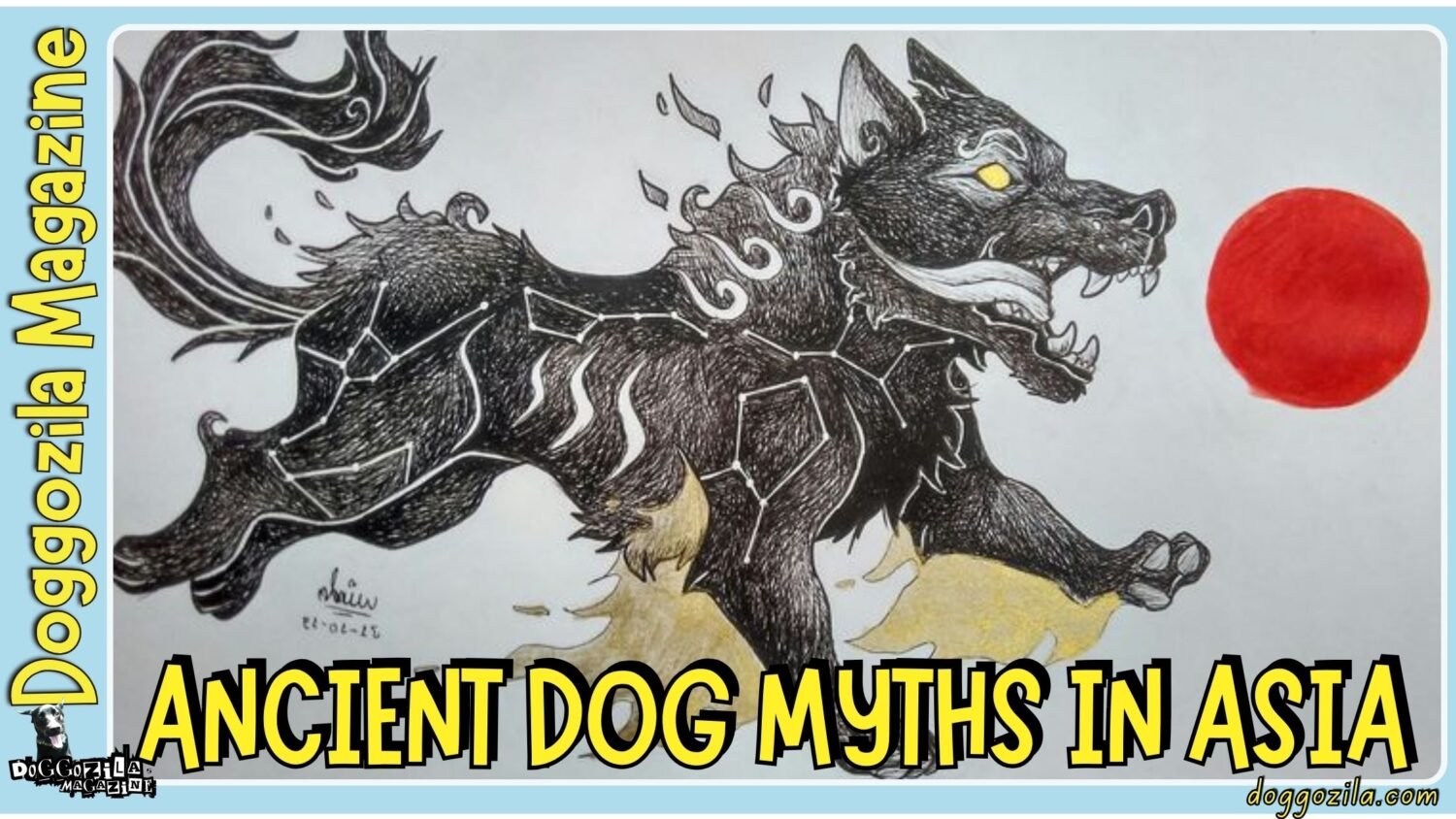All of us, passionate puppy parents, watch our furry friends scamper across the yard and wonder, when will those clumsy paws finally match his body? This question echoes through homes with new four-legged family members everywhere. Understanding when do puppies stop growing isn’t just satisfying curiosity, it’s fundamental to providing the best care during their critical development period.
Puppies transform from helpless newborns into full-grown dogs through an incredible journey of growth and change. This process varies dramatically between a tiny Chihuahua and a majestic Great Dane, with several factors influencing their development timeline. Getting familiar with your puppy’s growth stages helps you make smarter decisions about their nutrition, exercise, and training needs.
In this comprehensive guide, we’ll explore the fascinating world of puppy development together. We’ll uncover the mysteries of growth plates, decode breed-specific timelines, and learn how to support our pups through every stage of their transformation into healthy adult dogs.
“That adorable, clumsy puppy phase doesn’t last forever, but when does your furry friend finally trade those oversized paws for their full-grown frame?”
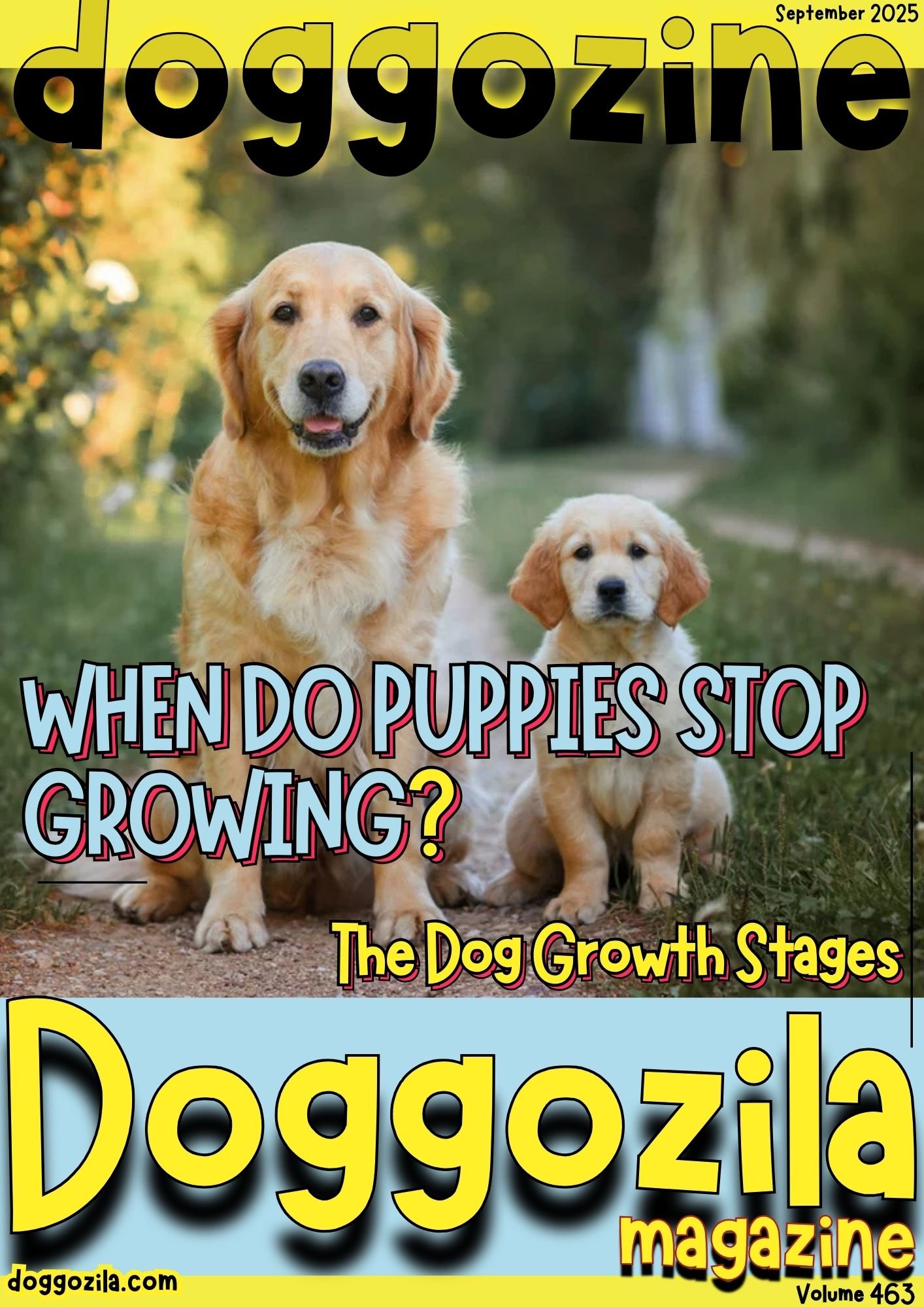
UNDERSTANDING THE FUNDAMENTALS OF PUPPY GROWTH
When do puppies stop growing is a question with a layered answer, as canine growth involves both skeletal development and muscle maturation. Puppies grow rapidly in their first few months, then gradually slow down until they reach their full size. This growth process is governed by special areas of soft cartilage called growth plates located at the ends of their long bones, which gradually harden into solid bone over time.
The most significant factor determining growth timeline is your dog’s breed size. Smaller breeds typically reach their full size much faster than larger breeds, completing their growth in months rather than years. Meanwhile, giant breeds can continue growing for up to two years before reaching their final dimensions. This difference exists because larger bones and joints need more time to develop properly, and rushing this process can lead to health complications later in life. Learn about classifying the seven dog groups.
Even after your puppy reaches their full height, they may continue filling out and gaining muscle mass until they’re fully mature. This is especially true for larger breeds, who often need several extra months to develop their adult physique after their skeletal growth is complete. Monitoring your puppy’s growth helps you ensure they’re developing at a healthy rate and allows you to adjust their care accordingly.
What Are Growth Plates And How Do They Affect When Puppies Stop Growing?
Growth plates are soft areas of cartilage located at the ends of puppies’ long bones, and they’re the engines driving your puppy’s development. These specialized tissues gradually produce new bone material, lengthening and shaping the bones as your puppy matures. Dr. Jerry Klein, Chief Veterinarian for the AKC, explains that when these plates stop producing new tissue and become completely calcified, they’ve “closed,” meaning the bones have reached their final size.
You can’t see growth plates from the outside, but veterinarians can detect their closure through X-rays. The timing of this closure varies significantly by breed size, which explains why smaller dogs finish growing sooner than their larger counterparts. While the growth plates are still active, they’re somewhat flexible and vulnerable to injury, which is why proper exercise management is crucial during puppyhood.
Once these growth plates close, your puppy won’t get any taller, though they may continue developing muscle and filling out their frame. Understanding this biological process helps explain why the question “when do puppies stop growing” has such a varied timeline across different dogs. It also underscores why nutrition and exercise are so critical during this development window.
Why Breed Size Dramatically Influences When Puppies Stop Growing?
Breed size is the single most important factor in determining how long your puppy will continue growing. Think of it this way, a Chihuahua has much less bone and tissue to develop than a Mastiff, so it logically completes its growth much faster. Small breed puppies often reach their full size by six to eight months, while giant breeds may continue growing for eighteen to twenty-four months.
This extended growth period for larger dogs serves an important biological purpose, it allows their bones and joints to develop strong, healthy structures without the stress of supporting too much weight too quickly. If giant breed puppies grew as rapidly as small breeds, their developing skeletal systems would struggle under the pressure, potentially leading to orthopedic issues later in life.
For mixed breed dogs, predicting growth can be more challenging, but their paw size, leg length, and body build can offer helpful clues about their ultimate adult size. If you run your hands down a mixed-breed puppy’s rib cage and can still feel the ‘knobs‘ of the ribs, that dog will probably continue growing in height, according to veterinary advice from the AKC. This simple assessment can help you gauge whether your mixed-breed pup has more growing to do.
How To Predict Your Puppy’s Adult Size?
While no method is 100% accurate, several techniques can help you estimate your puppy’s eventual adult size. For purebred puppies, the breeder can often provide expected size ranges based on the puppy’s parents and previous litters. For mixed dog breeds, DNA testing can offer insights into the breed composition and likely adult size range. Many veterinarians use a simple weight calculation method, for small and toy breeds, multiply the puppy’s weight at six weeks by four, or their weight at eight weeks by three.
For medium to large breeds, double the puppy’s weight at four months of age. These formulas provide a rough estimate, but remember that individual variation is completely normal. Physical cues can also hint at future size. Puppies with unusually large paws compared to their body often have more growing to do to “grow into” their feet. Similarly, lanky adolescents with long legs may still fill out through their chest and shoulders. Observing these visual clues while tracking your puppy’s weight against breed-specific growth charts gives you the best prediction power.
🔑 Key Points: The timeline for when a puppy stops growing depends primarily on its breed size, as growth involves both skeletal development (governed by growth plates) and muscle maturation, with smaller breeds finishing much faster than larger ones.
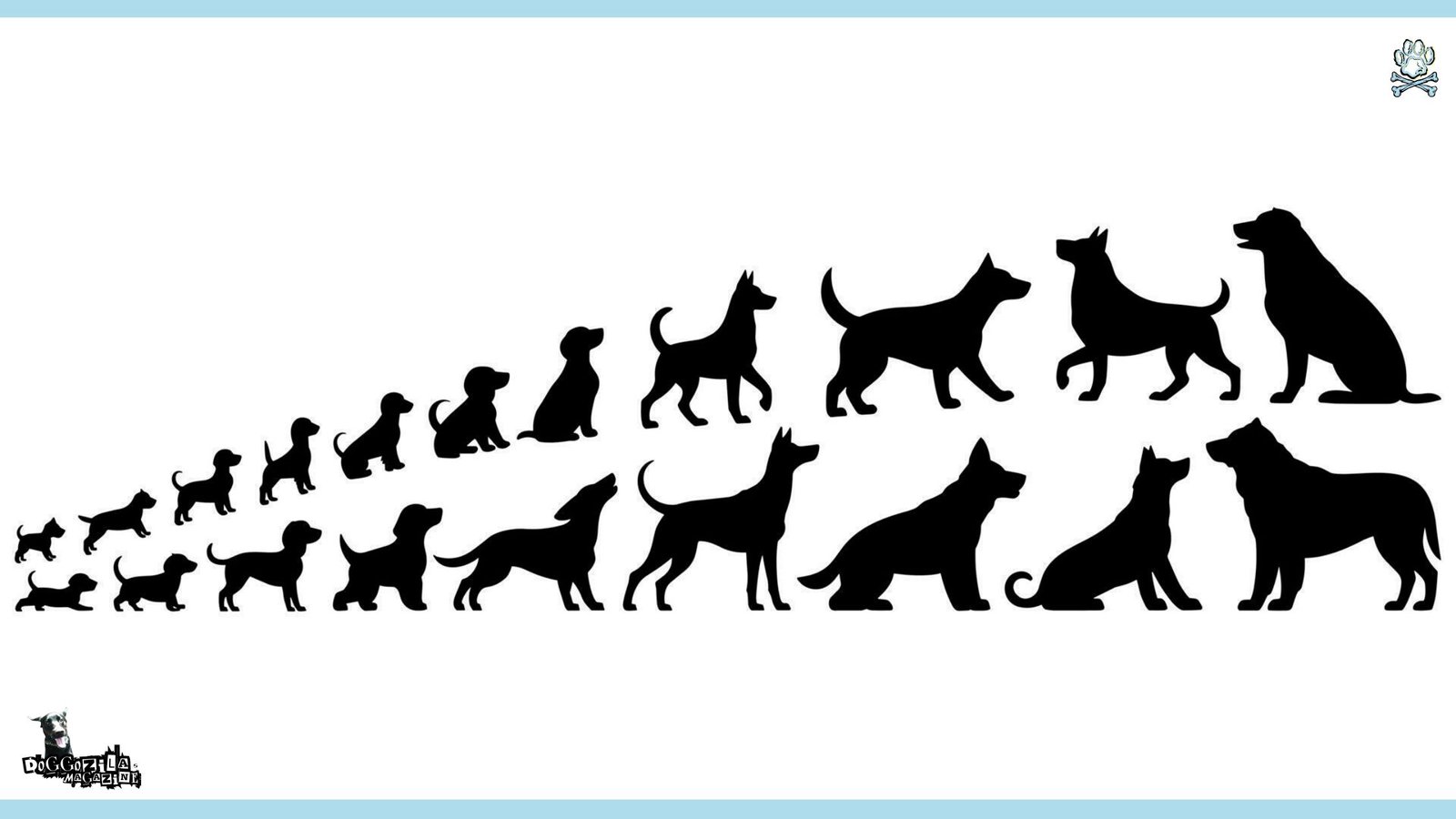
BREED-SPECIFIC TIMELINES: WHEN DO PUPPIES STOP GROWING BY SIZE CATEGORY
The question of when do puppies stop growing finds its clearest answer when we categorize dogs by their anticipated adult size. Different size categories follow distinct growth patterns, with smaller breeds racing to maturity while larger breeds take a more gradual approach. Understanding your puppy’s place in this spectrum helps you set realistic expectations and provide appropriate care throughout their development.
Toy and small breeds typically complete their growth by eight to twelve months, with the most rapid development occurring in their first four months. Medium breeds often need twelve to fifteen months to reach their full size, while large breeds commonly require fifteen to eighteen months. The giant breeds operate on their own schedule, frequently growing until they’re between eighteen and twenty-four months old.
This variation in growth timelines explains why a one-size-fits-all approach to puppy care doesn’t work. A six-month-old Yorkshire Terrier might be nearly fully grown, while a six-month-old Great Dane is just approaching the halfway point of its development. Recognizing these differences helps you tailor nutrition, exercise, and training to your puppy’s specific needs at each growth stage.
When Do Puppies Stop Growing If They’re Toy Or Small Breeds
Toy and small breed puppies, typically weighing under 20 pounds as adults, experience the most rapid growth in the canine world. These tiny dynamos often reach half their adult weight by just three months old and typically complete their growth by eight to twelve months. This accelerated timeline means their puppyhood is fleeting, with developmental milestones arriving in quick succession.
Because they grow so quickly, small breed puppies have different nutritional needs than their larger counterparts. They benefit from calorie-dense, high-protein diets that support their fast metabolisms and high energy requirements. Despite their small size, these puppies need careful monitoring to ensure they’re growing steadily without becoming much heavier, which can still pose health risks.
The rapid development of small breeds means training and socialization windows arrive earlier and close sooner. While this fast-track maturation gets them through the challenging puppy phase more quickly, it also means you have less time to establish foundational behaviors and routines. Making the most of their first few months together sets up small breed puppies for lifelong success as well-adjusted adult dogs.
When Do Puppies Stop Growing For Medium And Large Breed Favorites
Medium breed puppies, typically weighing 20 to 50 pounds as adults, follow a more moderate growth timeline than their smaller counterparts. These popular family dogs usually reach their full height around nine to twelve months but continue filling out and developing muscle until twelve to fifteen months. This extended development period allows for more gradual maturation of their bones and joints.
Large breed puppies, including Labrador Retrievers and Golden Retrievers, need even more time to reach their full size. While they achieve most of their height by twelve months, they often continue developing muscle mass and broadening through the chest until fifteen to eighteen months. This slower approach to maturity helps protect their developing joints from the stress of supporting a large frame too quickly.
Owners of medium and large breed puppies should pay particular attention to controlling their growth rate through proper nutrition. Feeding a diet specifically formulated for their size category helps prevent developmental orthopedic diseases that can result from growing too quickly. The goal is steady, controlled growth rather than maximum speed, ensuring their skeletal system develops strong and healthy.
The Unique Timeline For When Giant Breed Puppies Stop Growing
Giant breed puppies operate on an entirely different schedule from other dogs, often continuing to grow until they’re between eighteen and twenty-four months old. These gentle giants, including Great Danes, Mastiffs, and Saint Bernards, may reach 80-90% of their height by twelve months but spend the following year filling out, developing muscle, and reaching their full adult weight.
This extended growth period makes nutritional management particularly crucial for giant breeds. Their diets must support substantial bone and joint development without encouraging rapid weight gain that could stress their developing skeletons. Specialized large breed puppy formulas help ensure they receive appropriate levels of calcium and phosphorus for optimal skeletal health without excess calories.
The prolonged growth period of giant breeds means they experience puppyhood for much longer than smaller dogs. While this extended adolescence can be challenging at times, it also allows more time for training and socialization to shape them into well-mannered adult dogs. Their slow maturation requires patience but rewards owners with additional months of adorable puppy antics alongside their increasing size.
Table: Puppy Growth Timeline by Breed Size
| Breed Size | Typical Adult Weight | Growth Completion | Key Consideration |
| Toy/Small | Under 20 lbs | 8-12 months | Rapid growth requires calorie-dense food |
| Medium | 20-50 lbs | 12-15 months | Balanced growth for steady development |
| Large | 50-90 lbs | 15-18 months | Controlled growth to protect joints |
| Giant | Over 90 lbs | 18-24 months | Extended growth needs specialized nutrition |
🔑 Key Points: Puppies stop growing at different times based on their size category, Toy/Small breeds at 8-12 months, Medium breeds at 12-15 months, Large breeds at 15-18 months, and Giant breeds at 18-24 months.
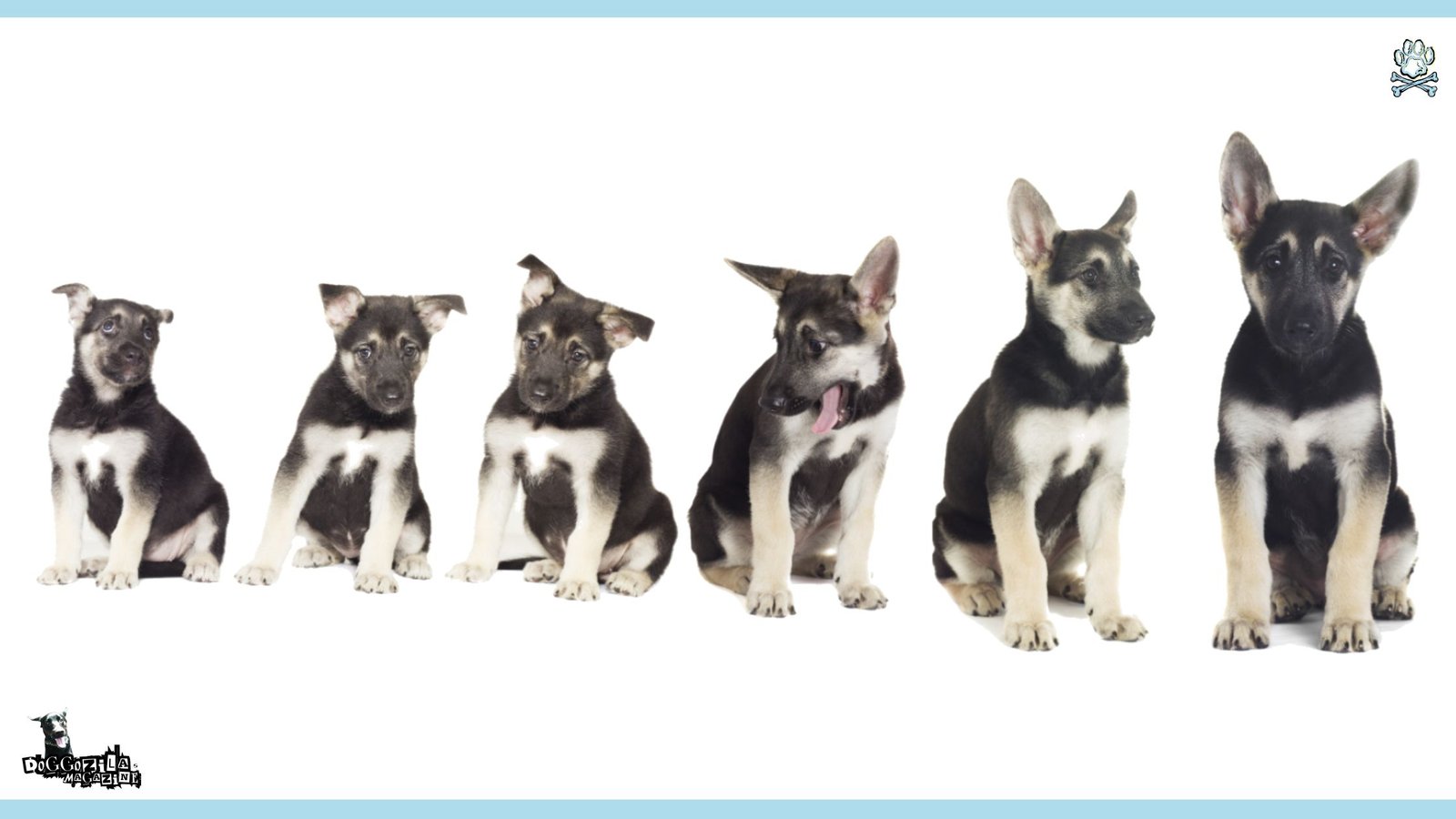
MONITORING DEVELOPMENT: HOW TO TRACK WHEN YOUR PUPPY STOPS GROWING?
Watching your puppy grow brings excitement and wonder, but how can you tell if they’re developing at a healthy pace? Monitoring your puppy’s progress involves regular tracking of their weight, height, and body condition. This ongoing observation helps you ensure your furry friend is on track while potentially identifying any issues early when they’re most addressable.
Establish a consistent weighing routine, using your home scale or visiting your veterinarian for monthly check-ins. Record these measurements in a puppy growth journal or digital tracker alongside notes about their appearance and behavior. Many owners find joy in documenting these changes through photos, creating a visual timeline of their puppy’s transformation from clumsy youngster to graceful adult.
While tracking numbers provides objective data, also pay attention to physical cues that suggest healthy development. Your puppy should have a visible waist when viewed from above, and you should be able to feel their ribs with slight pressure without seeing them prominently. This ideal body condition supports proper growth without excess weight that could stress developing joints.
Essential Tools For Tracking When Your Puppy Stops Growing
You don’t need sophisticated equipment to monitor your puppy’s growth effectively. A simple bathroom scale works well for smaller breeds, just weigh yourself first, then weigh yourself holding your puppy and calculate the difference. For larger breeds that might be cumbersome to lift, consider a pet-specific scale or regular weigh-ins at your veterinarian’s office.
A flexible measuring tape helps track changes in height (from floor to shoulder) and other dimensions like chest circumference. Combine these measurements with body condition assessments, can you feel your puppy’s ribs without pressing hard? Do they have a visible waist when viewed from above? These observations provide context beyond what numbers alone can tell you.
Many veterinarians provide breed-specific growth charts that show expected weight ranges at different ages. These tools are particularly valuable for first-time puppy owners navigating the uncertainty of whether their dog’s development is progressing normally. Digital growth tracking apps also offer convenient ways to record and visualize your puppy’s growth journey over time.
How to Recognize healthy versus abnormal growth patterns?
Healthy growth follows a relatively steady curve, with rapid progress in early months gradually slowing as your puppy approaches their adult size. While occasional small fluctuations are normal, dramatic changes in growth rate or consistent deviation from breed norms may warrant discussion with your veterinarian. This is particularly important for large and giant breeds, where controlled growth is crucial.
Recent research published in PLoS One compared growth patterns in healthy dogs versus those with abnormal body condition. The study found that healthy dogs typically followed consistent growth curves with less than 5% crossing more than two centile lines on growth charts. In contrast, dogs that developed obesity by three years grew faster than standards predicted, with 68% crossing two or more centile lines upward.
Abnormal growth patterns can manifest as either too rapid or too slow development. Puppies who become heavier often show upward centile line crossing, while those with conditions associated with slow growth may cross downward on growth charts. Monitoring your puppy’s progression against breed standards helps you identify these patterns early and adjust care accordingly.
When To Consult Your Vet About Growth Concerns?
While some variation in growth is normal, certain signs warrant professional consultation. If your puppy’s growth seems to stall completely for more than a month, if they lose weight unexpectedly, or if they seem to be growing excessively rapidly, schedule a veterinary visit. These patterns could indicate underlying issues needing attention, from nutritional imbalances to hormonal disorders.
Also consult your veterinarian if you notice apparent discomfort during movement, significant asymmetry in growth, or if your puppy seems consistently lethargic or in pain. These behavioral changes sometimes correlate with growth abnormalities or orthopedic issues that benefit from early intervention. Your vet can perform examinations and possibly X-rays to assess growth plate status and bone development.
Remember that you know your puppy better than anyone, so trust your instincts if something seems off. Regular wellness visits provide perfect opportunities to discuss growth questions with your veterinarian, who can offer breed-specific insights and reassurance. Proactive communication ensures you’re supporting your puppy’s development in the healthiest way possible.
🔑 Key Points: Track your puppy’s growth by regularly weighing them, measuring their height, and assessing their body condition (a visible waist and easily felt ribs indicate a healthy condition) to ensure they are developing at a proper, steady rate.
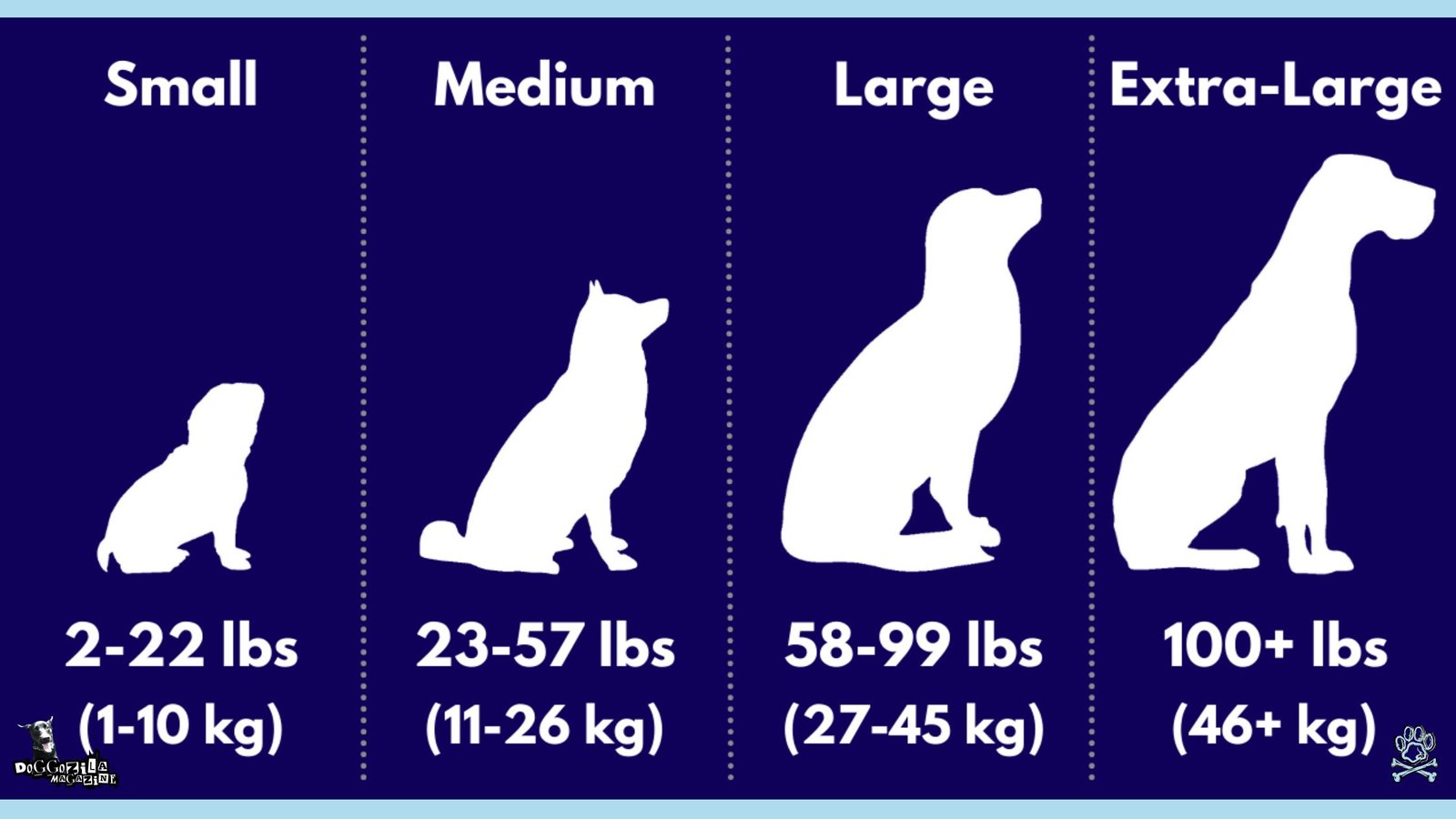
THE NUTRITION FACTOR: HOW DIET INFLUENCES WHEN PUPPIES STOP GROWING?
Nutrition plays a starring role in determining not just when puppies stop growing, but how healthy they are throughout the process. A balanced diet provides the essential building blocks for strong bones, healthy muscles, and proper organ development. Getting nutrition right during puppyhood sets the foundation for lifelong health, while mistakes can have lasting consequences.
Puppies have different nutritional needs than adult dogs, requiring higher levels of protein, fat, and certain vitamins and minerals to support their rapid development. However, these requirements vary significantly by breed size, making one-size-fits-all puppy foods inadequate for many dogs. This is particularly true for large and giant breeds, who need carefully controlled calcium and phosphorus levels for proper skeletal formation.
The Association of American Feed Control Officials (AAFCO) establishes nutritional standards for complete and balanced pet foods. Look for foods that meet AAFCO guidelines for growth or all life stages, and for large breed puppies, specifically seek out formulations designed for their unique needs. These specialized diets help prevent the too-rapid growth that can lead to orthopedic problems in adulthood.
Choosing The Right Food To Support Healthy Growth Timelines
Selecting appropriate food for your growing puppy begins with identifying formulas specifically designed for their size category. Small breed puppies benefit from smaller kibble sizes and calorie-dense formulations that support their fast metabolisms. Large and giant breed puppies need controlled calcium and phosphorus levels with appropriate calorie content to encourage steady, not rapid, growth.
Whatever food you choose, follow the feeding guidelines on the package while adjusting for your individual puppy’s body condition and activity level. Remember that these guidelines are starting points rather than strict rules, and your puppy’s needs may vary. Regular body condition assessments help you determine whether to slightly increase or decrease portions to maintain ideal growth progression.
When wondering when do puppies stop growing, consider that nutrition plays a key role in determining this timeline. Proper nutrition supports timely growth plate closure and healthy development, while imbalances can either accelerate or delay maturation. Consistency in feeding high-quality food appropriate for your puppy’s size gives them the best foundation for reaching their genetic potential at the right pace.
The Role Of Controlled Feeding For Optimal Development
Free-feeding, or leaving food available all day, is generally not recommended for growing puppies. Scheduled meals help with house training while allowing you to monitor appetite, often an early indicator of health issues. For large and giant breeds particularly, controlled portion feeding helps prevent the overconsumption that leads to excessively rapid growth and orthopedic issues.
The number of daily meals changes as your puppy grows: young puppies under four months typically need three to four meals daily, while older puppies can transition to two meals. This frequent feeding supports their high energy needs and helps maintain stable blood sugar levels, especially important for toy breeds prone to hypoglycemia.
Treats should comprise no more than 10% of your puppy’s daily calorie intake, with the rest coming from nutritionally complete puppy food. This balance ensures they receive all necessary nutrients without excess calories that could disrupt healthy growth patterns. Remember that healthy growth is measured in consistent progress rather than maximum speed.
Transitioning To Adult Food When Puppies Stop Growing
The transition to adult food should coincide with when your puppy stops growing, which varies by breed size. Small breeds may switch as early as seven to nine months, while giant breeds might stay on puppy food until eighteen to twenty-four months. Your veterinarian can help determine the ideal timing based on your dog’s breed, current condition, and growth status.
When transitioning, make the change gradually over seven to ten days by mixing increasing amounts of adult food with decreasing amounts of puppy food. This slow transition helps prevent digestive upset and allows your dog’s system to adjust to the different nutrient levels. Adult formulas typically have lower protein and fat content than puppy foods, better matching the needs of maintenance rather than growth.
After switching to adult food, continue monitoring your dog’s body condition and adjust portions as needed. The calorie requirements for maintenance are lower than for growth, so you may need to slightly reduce portions to prevent weight gain. This attentive approach helps your dog maintain their healthy adult weight once they’ve completed their growth journey.
🔑 Key Points: Proper nutrition is critical, and the food must be tailored to a puppy’s breed size to support healthy growth, calorie-dense formulas for small breeds and controlled-calorie, specialized diets for large/giant breeds to prevent overly rapid growth and joint issues.
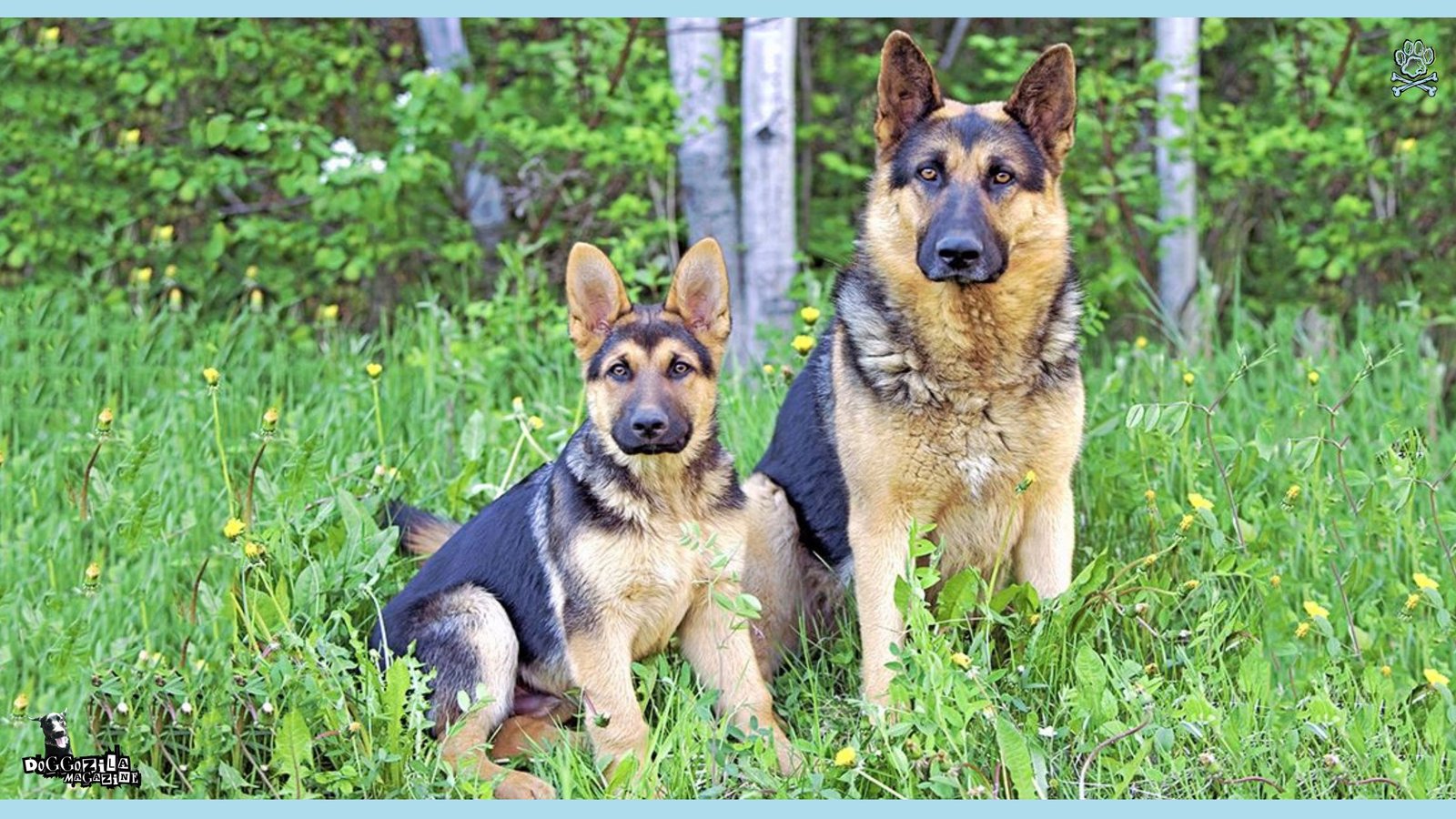
EXERCISE AND DEVELOPMENT: SUPPORTING GROWTH WITHOUT OVERDOING IT
Exercise plays a crucial role in your puppy’s development, strengthening muscles, supporting joint health, and burning off that boundless puppy energy. However, finding the right balance is essential, as too much or the wrong type of exercise can damage developing joints and bones. The key is providing appropriate activity that supports healthy growth without causing stress or injury.
Puppies naturally alternate between bursts of energy and sudden napping, following their bodies’ cues for activity and rest. Rather than structured, prolonged exercise, they benefit most from multiple short play sessions throughout the day. This pattern allows for adequate activity without overtaxing their developing bodies, supporting muscle development and coordination skills.
As your puppy grows, their exercise needs and capacities will change. Very young puppies have limited stamina, while adolescents may seem to have boundless energy. Understanding these changing needs helps you provide appropriate outlets while respecting their physical limitations. The goal is always supported development rather than endurance training or maximum exertion.
Safe Exercise Guidelines For Each Growth Stage
During the first three months, play and exploration within a safe environment provide sufficient exercise for most puppies. Short, gentle play sessions with appropriate toys help develop coordination and strength without stressing developing joints. Avoid forced exercise like long walks or jogging during this foundational period.
From three to six months, puppies can gradually increase their activity levels with slightly longer walks and more active play sessions. However, the total daily exercise shouldn’t exceed what they naturally seek out themselves, when puppies tire, they’ll naturally rest. Continue to avoid high-impact activities like jumping from heights or running on slippery surfaces.
After six months, most puppies can handle more structured exercise, but duration and intensity should still be moderated, especially for large and giant breeds. Continue to avoid prolonged, repetitive activities like jogging until growth plates have closed, which your veterinarian can help assess. Variety in activities helps develop balanced musculature while keeping your puppy engaged.
Exercise Types To Avoid Before Puppies Stop Growing
While exercise is essential, certain activities pose risks to developing puppies and should be avoided until growth plates have closed. High-impact activities like jumping from heights, intense agility training, and prolonged running on hard surfaces can damage vulnerable growth plates and developing joint structures. These injuries can have lifelong consequences for your dog’s mobility and comfort.
Stair climbing should be limited for large and giant breed puppies, as the repetitive impact can stress developing joints. If you live in a multi-story home, consider carrying small puppies up and down stairs and teaching large breeds to navigate stairs slowly and carefully. Using baby gates to limit unsupervised access to stairs prevents overexertion.
Also avoid forced exercise in extreme temperatures, as puppies struggle to regulate their body temperature compared to adult dogs. Hot pavement can burn paw pads, while cold surfaces may cause discomfort. Always consider environmental conditions when planning your puppy’s activities, and when in doubt, err on the side of caution to protect their developing bodies.
Mental Stimulation Alternatives During Restricted Exercise Periods
During periods when physical exercise needs to be limited to protect developing joints, mental stimulation becomes increasingly important. Puzzle toys, training sessions, and food-dispensing toys engage your puppy’s brain while requiring minimal physical exertion. These activities tire puppies out mentally while supporting their cognitive development.
Training sessions provide excellent low-impact stimulation while strengthening your bond with your puppy. Work on basic obedience, trick training, or even introduce scent work, all of which challenge your puppy’s mind without stressing their body. Keep sessions short and positive to match their attention span and maintain enthusiasm.
Socialization outings count as mental exercise too, visiting pet-friendly stores (while carrying small puppies), watching the world from a park bench, or having calm playdates with known, vaccinated dogs all provide enrichment without intense physical activity. Remember that mental stimulation often tires puppies as effectively as physical exercise, making it a valuable tool during growth periods.
🔑 Key Points: Exercise should be balanced and age-appropriate, consisting of multiple short play sessions while avoiding high-impact activities (like jumping or prolonged running) that can damage vulnerable growth plates and developing joints.

BEHAVIORAL MILESTONES: MORE THAN JUST PHYSICAL GROWTH
While we focus heavily on physical development, puppies experience significant behavioral and mental changes alongside their physical growth. Understanding these parallel transformations helps you provide appropriate training and socialization at each stage. This comprehensive approach supports your puppy in becoming both physically healthy and well-adjusted.
Puppies progress through several distinct developmental periods, each with characteristic behaviors and learning capacities. The early socialization period (roughly three to twelve weeks) represents a critical window for positive exposure to new people, animals, and experiences. Missing this window can make future socialization more challenging, potentially resulting in fearfulness or anxiety.
Adolescence brings another set of behavioral changes as hormones surge and puppies test boundaries. This period often coincides with a decrease in trainability and the appearance of behaviors like selective hearing and increased independence. Understanding these changes as normal developmental phases helps you respond patiently and consistently rather than with frustration.
The Connection Between Behavior And When Puppies Stop Growing
Behavioral development often correlates with physical growth milestones, though the timelines don’t always align perfectly. Small breed puppies may reach physical maturity months before their behavioral maturation, while large breeds might achieve behavioral adulthood before they finish growing physically. This disconnect explains why a fully-grown small dog might still exhibit puppy-like energy and antics.
Many dogs reach emotional maturity between twelve and eighteen months, developing the temperament and personality they’ll maintain through adulthood. However, breed tendencies influence this timeline, some breeds retain playful, puppyish characteristics well into their senior years, while others seem born as serious adults. Knowing your breed’s characteristics helps set realistic behavioral expectations.
Training should continue throughout your dog’s growth period and beyond, adapting to their changing developmental needs. The end of physical growth often marks a wonderful turning point in trainability as energy levels stabilize and attention spans lengthen. This makes young adulthood an ideal time to refine training and introduce more complex skills and activities.
Socialization Needs Throughout The Growth Journey
Socialization isn’t a one-time event but an ongoing process that should continue throughout your puppy’s growth period. Early socialization focuses on positive exposure to various people, animals, environments, and experiences. As your puppy matures, these exposures can become more complex, building confidence and resilience.
The American Kennel Club emphasizes that the period between three weeks and twelve weeks is particularly important for socialization, as puppies are especially receptive to new experiences during this window. However, they note a “puppy fear period” around eight to twelve weeks when negative experiences can have lasting impacts, so exposures should be particularly positive and carefully managed during this sensitive time.
Continue socializing your puppy through adolescence and into adulthood, as dogs can become more cautious or wary as they mature. Positive experiences during these later growth stages reinforce earlier socialization and help prevent the development of fear-based behaviors. This ongoing commitment to socialization results in a dog who remains comfortable and confident in various situations throughout their life.
Training Adjustments As Your Puppy Matures
Training methods that work for a young puppy may need adjustment as they enter new developmental phases. Young puppies have short attention spans and respond well to brief, playful training sessions. As they mature, you can gradually lengthen sessions and increase expectations for focus and self-control.
Adolescent puppies often benefit from training “refreshers” on previously mastered skills, as they may seem to forget commands they knew perfectly just weeks before. This temporary regression is normal and responds best to patient consistency rather than frustration or punishment. Increasing the value of training rewards during this phase can help maintain engagement.
As your puppy approaches physical maturity, training can evolve to include more complex skills and longer duration behaviors. This is an excellent time to introduce dog sports, advanced obedience, or specialized training based on your dog’s interests and abilities. Continuing education throughout your dog’s life strengthens your bond while keeping their mind active and engaged.
🔑 Key Points: Growth plates are soft areas of cartilage at the ends of bones that lengthen and harden into solid bone, a puppy’s bones stop growing taller once these plates close, a process that occurs at different times for different breed sizes.
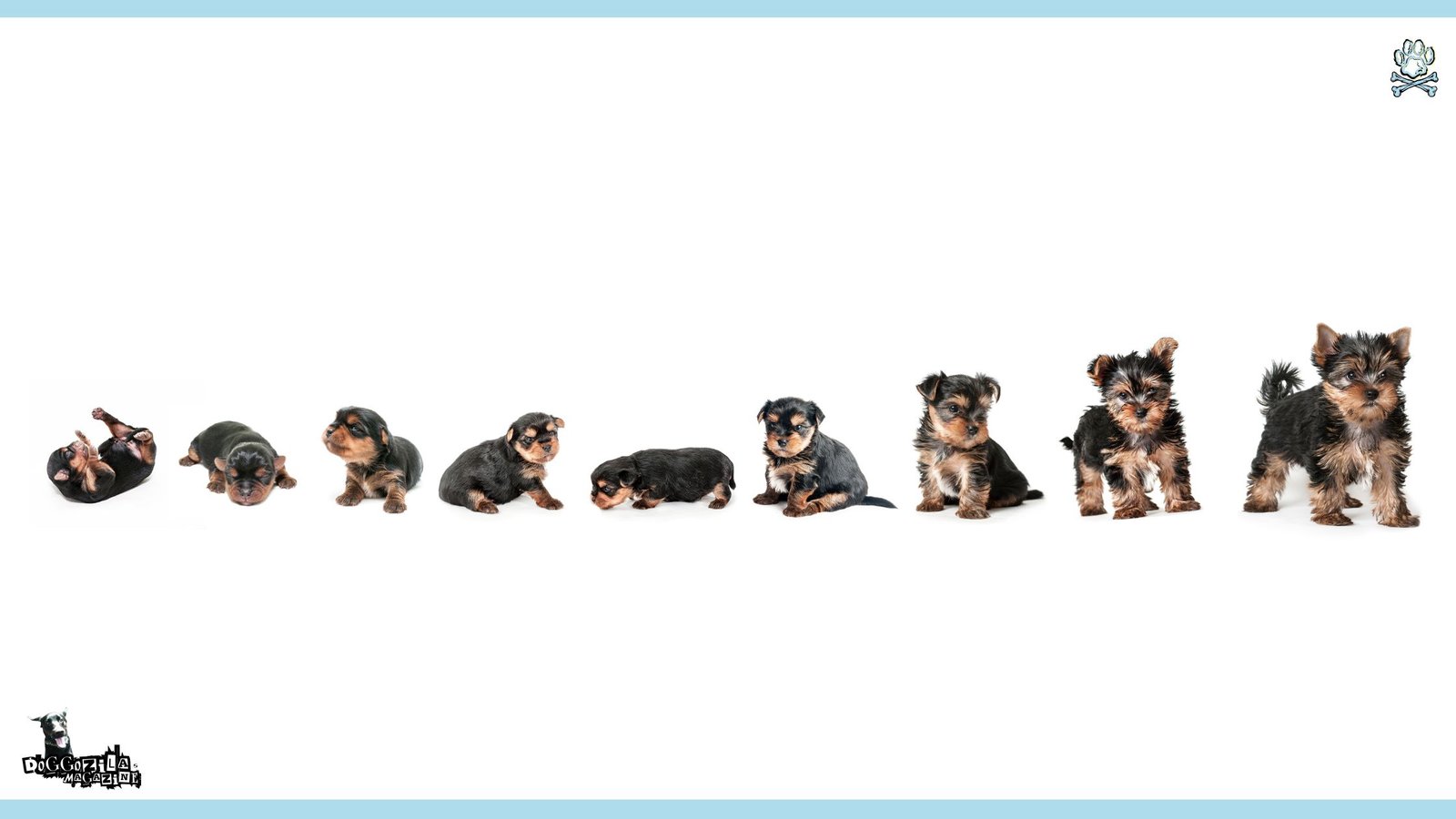
BEYOND THE BASICS: SPECIAL CONSIDERATIONS FOR WHEN PUPPIES STOP GROWING
While breed size provides the foundational framework for understanding growth timelines, several other factors influence when your puppy will stop growing. These considerations help explain why two puppies of the same breed might mature at slightly different rates, and why growth doesn’t always follow textbook timelines. Understanding these nuances helps you better support your individual puppy’s development.
Spaying and neutering timing can influence growth patterns, particularly in large and giant breeds. These procedures remove hormone-producing organs that help signal growth plate closure, potentially resulting in slightly taller dogs with leaner builds when performed before maturity. Discussing optimal timing with your veterinarian helps balance this consideration with other health factors.
Genetic factors beyond simple breed classification also play important roles. Your puppy’s specific lineage, including the size of their parents and grandparents, influences their growth trajectory. This is why even within a single litter, puppies may mature at slightly different rates and reach somewhat different adult sizes despite similar genetics and upbringing.
How Health Conditions Affect When Puppies Stop Growing?
Certain health conditions can significantly alter growth patterns, either accelerating or delaying development. Intestinal parasites can steal nutrients needed for growth, potentially stunting development if left untreated. Chronic illnesses affecting nutrient absorption or metabolism can similarly interfere with normal growth progression.
Orthopedic conditions like hip dysplasia or growth plate injuries can create asymmetrical growth or early closure of affected growth plates. These conditions often require veterinary management to minimize their impact on your puppy’s development and long-term comfort. Regular check-ups help identify such issues early when intervention is most effective.
Nutritional imbalances represent another common influence on growth patterns. Diets deficient in essential nutrients can slow growth, while overfeeding or excessive supplementation may accelerate it unnaturally. Following veterinary recommendations for appropriate feeding amounts and selecting high-quality foods formulated for your puppy’s size category helps prevent nutrition-related growth issues. See the dog feeding guide and charts for healthy development.
The Mixed-Breed Mystery Of When Puppies Stop Growing
Predicting when mixed-breed puppies stop growing presents special challenges, as their genetic diversity makes timelines less predictable than with purebred dogs. However, you can make educated guesses based on your puppy’s current size, paw size relative to their body, and any available information about their parent breeds.
DNA dog testing can provide valuable insights for mixed-breed puppies, identifying the breeds in their ancestry and suggesting likely adult size ranges. These tests can’t provide exact growth timelines, but they offer helpful guidance about what to expect. Without DNA information, observing your puppy against general size category guidelines provides the next best estimation method.
Some veterinarians suggest the “rib knob” test for mixed breeds, if you run your hands down your puppy’s rib cage and can still feel bony knobs (growth plates of the ribs), your puppy likely has more height growth ahead of them. While not foolproof, this assessment combined with other observations helps build a more complete picture of your mixed-breed puppy’s growth status.
Environmental Factors That Influence Growth Timelines
Beyond genetics and nutrition, several environmental factors can subtly influence your puppy’s growth trajectory. Stress levels, for instance, affect hormone production that plays a role in development. Puppies in consistently high-stress environments may experience slightly altered growth patterns compared to their more relaxed counterparts.
Sleep quality and quantity also impact growth, as growth hormone releases primarily during deep sleep. Puppies with interrupted sleep or insufficient rest may not optimize their growth potential. Ensuring your puppy has a quiet, comfortable sleeping area away from household disturbances supports their physical development.
Even seasonal changes can influence growth in some cases, with puppies sometimes growing slightly faster during warmer months. While this effect is typically minimal compared to other factors, it demonstrates the complex interplay between environment and development. Providing consistent, high-quality care creates the ideal conditions for your puppy to reach their genetic potential.
🔑 Key Points: Breed size is the most important factor, with small breeds (like Chihuahuas) reaching full size in 6-8 months, while giant breeds (like Mastiffs) can grow for 18-24 months to allow their bones and joints to develop properly.
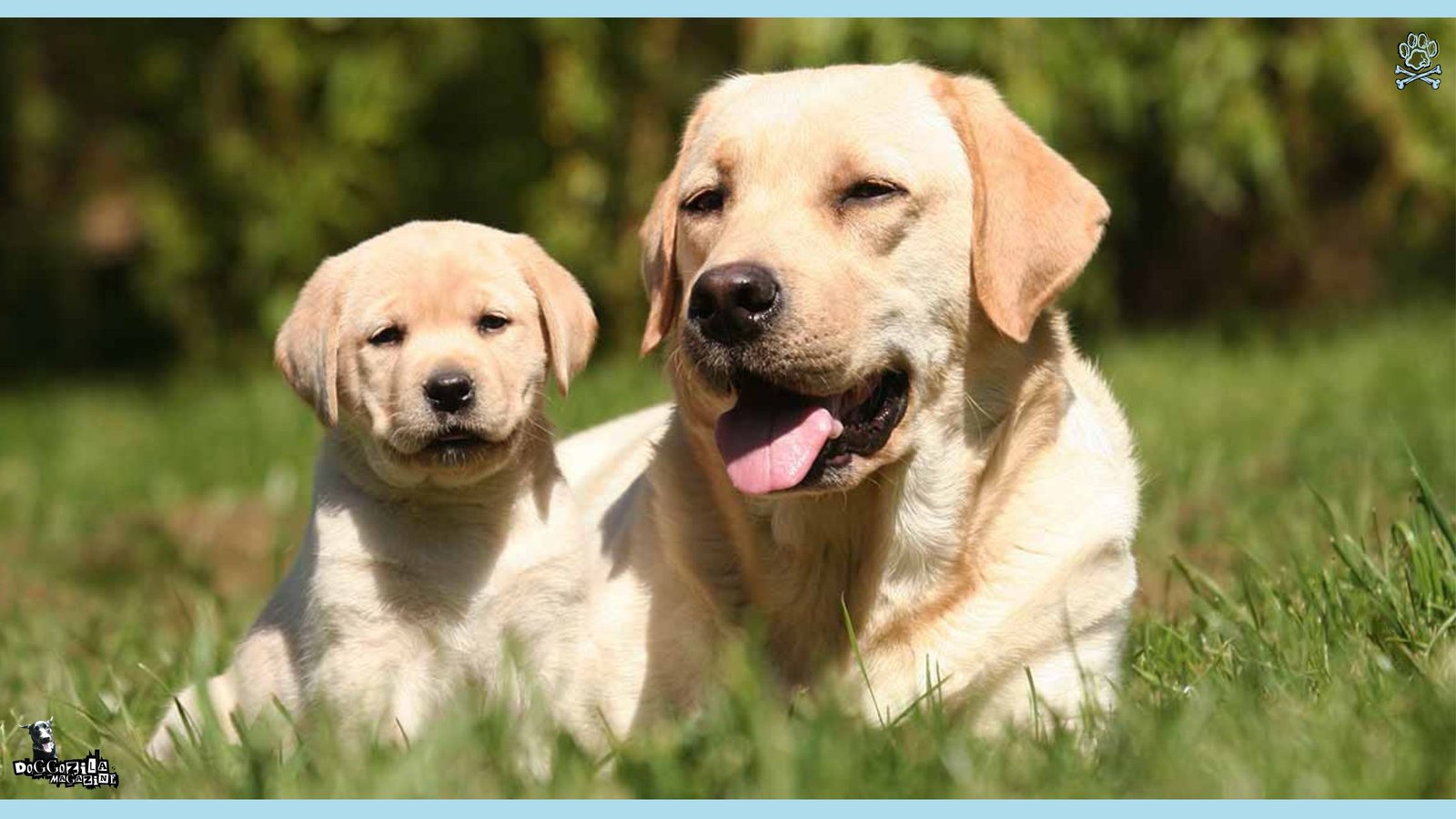
YOUR VET’S ROLE: PROFESSIONAL INSIGHT INTO WHEN PUPPIES STOP GROWING
Your veterinarian serves as your most valuable partner in monitoring your puppy’s growth and development from their first visit through adulthood. Regular wellness exams allow your vet to track growth progress, identify potential concerns early, and provide personalized guidance based on your individual puppy’s needs. This professional perspective complements your at-home observations perfectly.
Veterinarians use multiple assessment methods to evaluate growth, including weight tracking, body condition scoring, and physical examination of bone structure and muscle development. For specific concerns, they may recommend X-rays to visualize growth plate status or check for developmental abnormalities. These tools provide objective data about where your puppy is in their growth journey.
Don’t hesitate to ask your veterinarian growth-related questions during wellness visits, they’ve guided countless puppies to adulthood and can offer reassurance based on extensive experience. They can also provide breed-specific insights that help you understand what’s normal for your particular puppy, reducing unnecessary worry about variations in development timelines.
Regular Check-Ups: Monitoring Progress Toward When Puppies Stop Growing
Wellness visits typically follow a schedule of every three to four weeks until your puppy is around four months old, then every three months until they reach maturity. This frequency allows your veterinarian to closely monitor growth during the most rapid development periods while providing necessary vaccinations and preventive care.
During these visits, your veterinarian will weigh your puppy, assess their body condition, and discuss their diet, exercise, and overall development. They’ll compare measurements against breed standards when available and note any significant deviations from expected growth patterns. This ongoing monitoring creates a comprehensive picture of your puppy’s health and development.
These regular appointments also provide opportunities to discuss age-appropriate topics like spaying/neutering timing, behavioral development, and transitioning to adult food. Your veterinarian can offer evidence-based recommendations tailored to your puppy’s breed, size, and individual characteristics, helping you make informed decisions at each growth stage.
When Your Veterinarian Might Intervene In Growth Patterns?
In some cases, your veterinarian may recommend interventions to modify your puppy’s growth trajectory. For puppies growing too rapidly, especially large and giant breeds, they might suggest dietary adjustments to slow growth and reduce stress on developing joints. This controlled approach to development can prevent orthopedic issues later in life.
For puppies failing to thrive or growing too slowly, your veterinarian might investigate underlying causes through diagnostic testing. Blood work can assess organ function and nutrient levels, while fecal exams check for parasites that might interfere with nutrient absorption. Identifying and addressing these underlying issues helps get growth back on track.
In cases of suspected developmental orthopedic diseases, your veterinarian might recommend X-rays to assess bone development and joint health. Early identification of conditions like hip dysplasia, elbow dysplasia, or growth plate disorders allows for early intervention, potentially minimizing long-term consequences. These specialized assessments provide crucial information for managing your puppy’s growth effectively.
Questions To Ask Your Vet About When Your Puppy Will Stop Growing
Come prepared to veterinary appointments with questions about your puppy’s growth and development.
Consider asking:
- Is my puppy’s growth on track for their breed and age?
- What adult size do you predict based on their current development?
- Are there any signs of growth abnormalities I should watch for?
- When do you recommend transitioning to adult food?
Also discuss exercise recommendations specific to your puppy’s age and breed size, asking about any activities to avoid until growth plates close. If you have a mixed-breed dog, ask what clues your veterinarian sees regarding their likely adult size and maturation timeline. These conversations ensure you and your veterinarian share the same understanding of your puppy’s development.
Remember that your veterinarian wants to partner with you in supporting your puppy’s healthy growth. No question is too small when it comes to understanding your puppy’s development, and proactive communication helps prevent small concerns from becoming significant issues. This collaborative approach gives your puppy the best possible foundation for a healthy adulthood.
🔑 Key Points: You can estimate a puppy’s adult size by using formulas based on their weight at specific ages (e.g., double the weight at 4 months for medium/large breeds), consulting the breeder for purebreds, using DNA tests for mixed breeds, and observing physical cues like large paws.
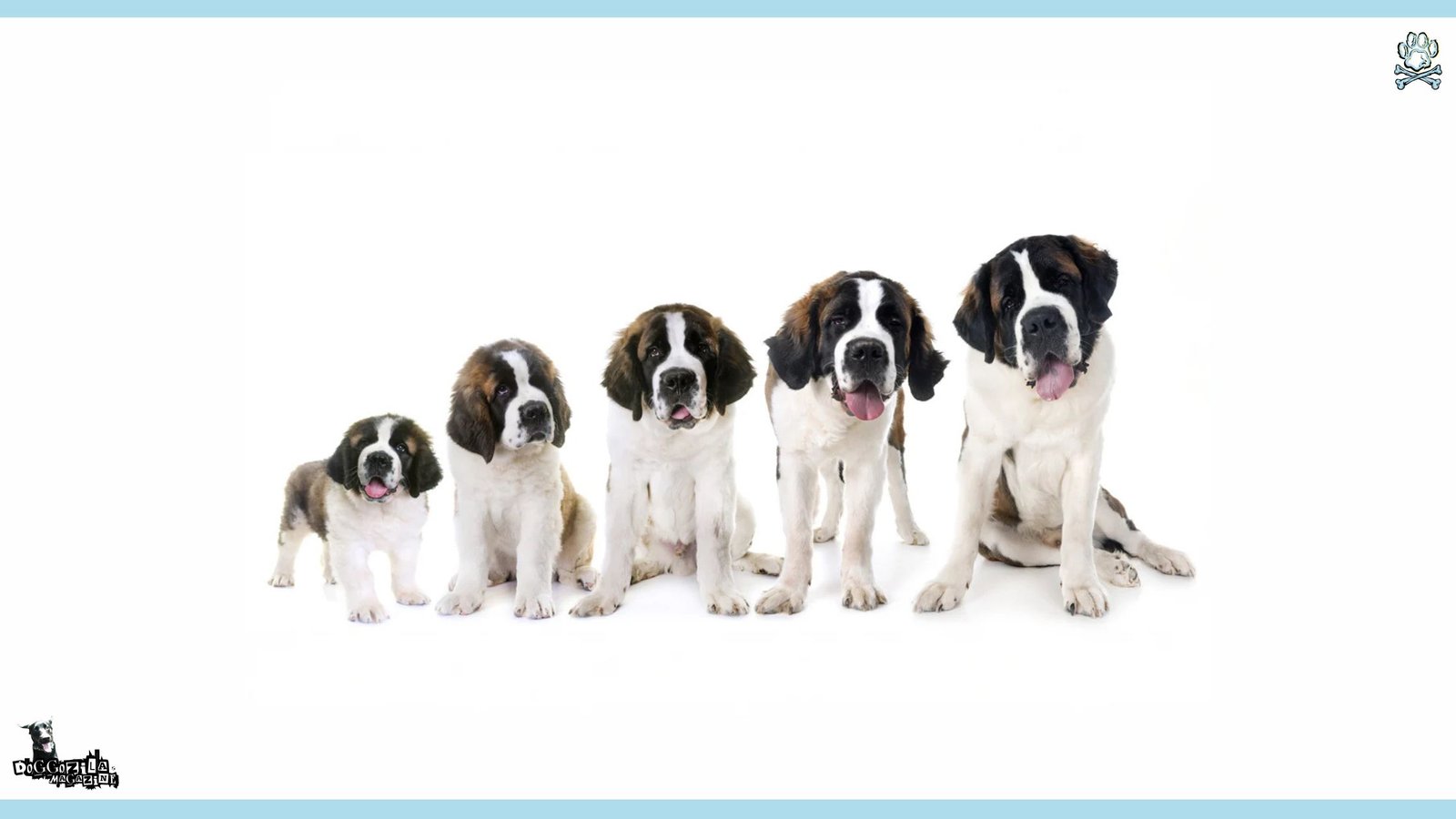
THE JOY OF THE JOURNEY: EMBRACING EVERY STAGE UNTIL PUPPIES STOP GROWING
The question of when do puppies stop growing represents just one part of the incredible journey from helpless newborn to confident adult dog. Each stage of this transformation brings unique joys, challenges, and opportunities for bonding. While it’s natural to look forward to your puppy reaching their full size, try to savor the temporary magic of each developmental phase.
Puppyhood passes remarkably quickly, especially for small breeds who complete their growth in just months. The tiny needle teeth, comically oversized paws, and clumsy movements soon give way to adult features and coordination. Documenting this transition through photos, videos, and a growth journal creates precious memories you’ll treasure long after your dog has reached maturity.
Remember that growth involves more than physical changes, your puppy is also developing their personality, preferences, and unique place in your family. The bond you build during these formative months will shape your relationship for years to come. Investing time in training, socialization, and positive experiences during growth pays dividends throughout your dog’s life.
Creating Lasting Memories Before Your Puppy Stops Growing
Capture the magic of puppyhood by taking regular photos in the same location to visually document growth progress. Many owners enjoy creating “puppy growth charts” using marked walls or customized measuring tools. These visual records become cherished mementos of your dog’s journey to adulthood.
Consider keeping a puppy journal noting developmental milestones like first steps, first bark, successful house training, and other memorable moments. Include notes about favorite toys, funny habits, and endearing behaviors that may change as your puppy matures. Reading these entries later will bring back sweet memories of these fleeting stages.
Paw print kits create tangible keepsakes of your puppy’s tiny paws before they reach full size. These mementos, combined with your photos and notes, preserve the magic of puppyhood long after your dog has grown. While you might eagerly anticipate the day when your puppy stops growing, you’ll likely look back fondly on these early months.
Preparing For Life After Your Puppy Stops Growing
As your puppy approaches their full size, begin preparing for the transition to adulthood. This includes switching to adult food at the appropriate time, adjusting exercise routines to match their mature capabilities, and updating equipment like collars, harnesses, and beds if needed. These practical steps acknowledge and support your dog’s transition to adulthood.
Also prepare for behavioral changes that often accompany maturity. Many dogs become calmer, more focused, and easier to train once they reach physical adulthood. This maturation opens new possibilities for advanced training, dog sports, and other activities that benefit from increased attention spans and physical maturity.
While the end of growth marks the closing of one chapter, it opens another filled with new opportunities for adventure and companionship. The foundation you’ve built during puppyhood supports a lifelong relationship based on mutual understanding and trust. The answer to “when do puppies stop growing” ultimately marks the beginning of your journey with a wonderful adult dog.
Celebrating The Milestone When Your Puppy Stops Growing
When your dog finally reaches their full size, take time to celebrate this important milestone. Mark the occasion with a special treat, a new toy, or an extra-fun adventure. This celebration acknowledges the completion of their physical development and your successful navigation of the puppy growth journey.
Reflect on how far you’ve come together since those first uncertain days. The tiny ball of fluff who once stumbled over their own paws has transformed into a confident, graceful dog through your dedicated care and attention. This transformation represents countless hours of feeding, training, playing, and bonding that have shaped your relationship.
While the question “when do puppies stop growing” has a definite answer for your dog, your journey together continues through new phases and shared experiences. The end of growth isn’t an ending but a transition to the next stage of your life together, one filled with the comfort of routine, the depth of established trust, and the joy of companionship with your fully-grown dog.
Growth is more than size, it’s about building strong bodies and lasting bonds.
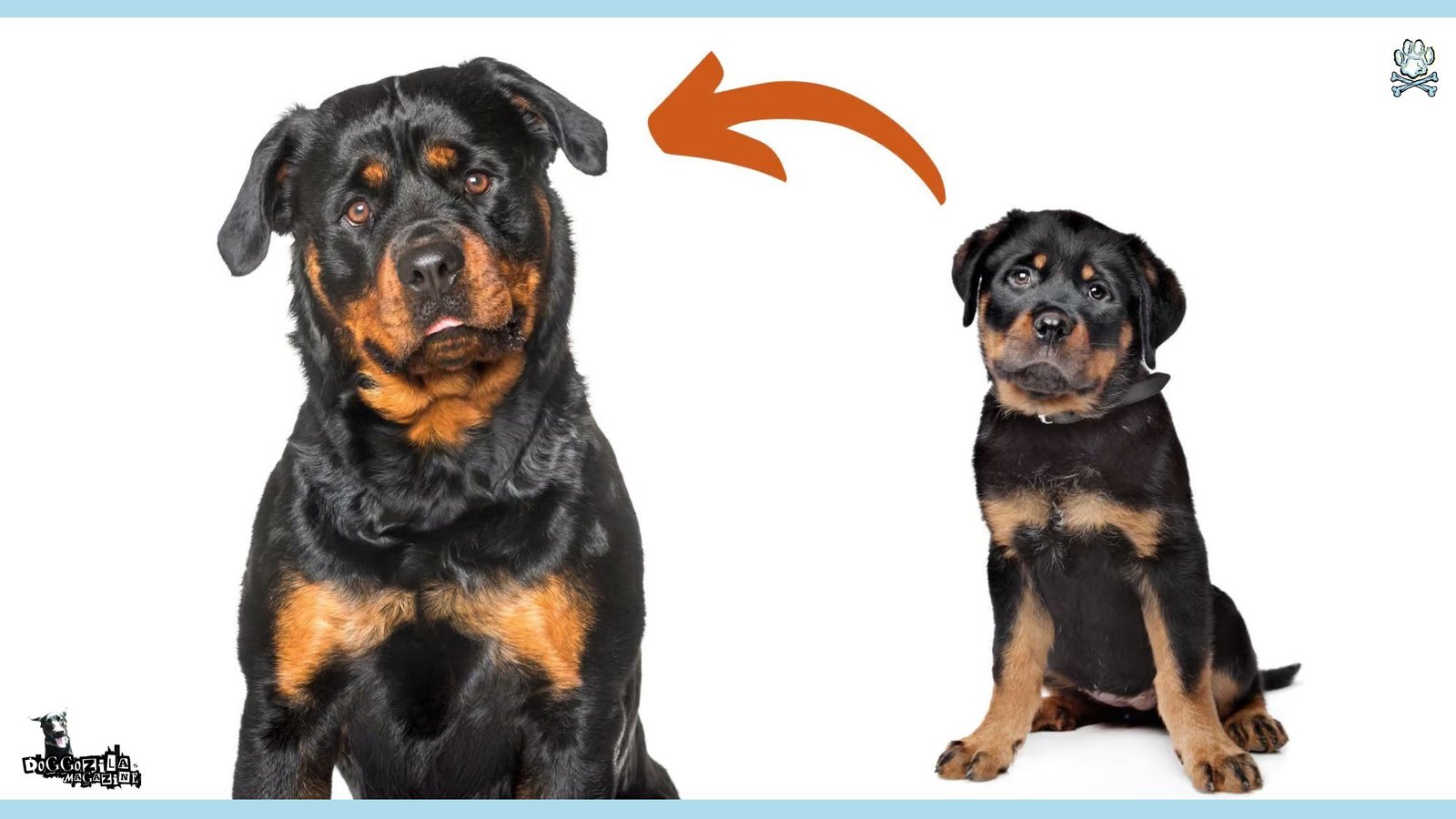
Watching a puppy grow is one of the greatest joys of dog ownership. And knowing when growth ends helps you prepare for the next chapter, a lifetime of companionship.
